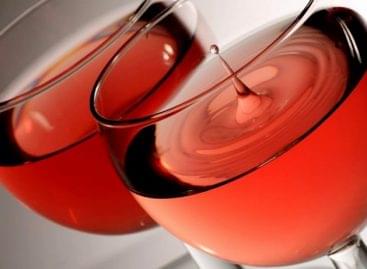The number of champagne wineries in Hungary has tripled
The number of wineries producing champagne tripled in 5 years and last year already exceeded 120 wineries, thanks to the growing consumer demand for special, high-quality champagnes and the bureaucratic barriers that have been demolished by the government in the past decade against the production of champagne, announced Zsolt Feldman of the Ministry of Agriculture for Agriculture and State Secretary responsible for rural development at the fifth Etyek Champagne Conference and Champagne Festival on Thursday.

In his opening speech at the conference, the state secretary explained that around 140,000-160,000 hectoliters of champagne are produced in Hungary every year, so 5-6 percent of the produced wine products are now produced in the form of this bubbly drink. Most of the production is covered by the Upper Pannonian and Danube wine regions. He emphasized that the preparedness of the Hungarian wine and champagne-making professional community provides a good basis for continuing the quality renaissance of traditional champagne. He added that the government created the opportunity to move forward, as the strengthened protection of origin system and the new state marketing program can help achieve the goals.
Related news
The kings of the New Year’s Eve list: hot dogs and champagne in abundance
🎧 Hallgasd a cikket: Lejátszás Szünet Folytatás Leállítás Nyelv: Auto…
Read more >Nébih: labeling errors found in dry rosé sparkling wines
🎧 Hallgasd a cikket: Lejátszás Szünet Folytatás Leállítás Nyelv: Auto…
Read more >Sparkling wine 2025
🎧 Hallgasd a cikket: Lejátszás Szünet Folytatás Leállítás Nyelv: Auto…
Read more >Related news
New Year’s Eve: shortened opening hours in stores – general store closure on January 1
🎧 Hallgasd a cikket: Lejátszás Szünet Folytatás Leállítás Nyelv: Auto…
Read more >Tejföl is only a name for live flora: new categories for sour dairy products will be introduced from 2026
🎧 Hallgasd a cikket: Lejátszás Szünet Folytatás Leállítás Nyelv: Auto…
Read more >Sausage prices before New Year’s Eve: cheap entry, expensive premium – how big is the gap on the shelves?
🎧 Hallgasd a cikket: Lejátszás Szünet Folytatás Leállítás Nyelv: Auto…
Read more >






